Dried marjoram is the dried version of the oval-shaped marjoram leaves. Available as a whole or ground herb, it’s sweet, minty, and earthy. You can include it in spice blends such as za’atar and Herbes de Provence.
Table of Contents
What is dried marjoram?
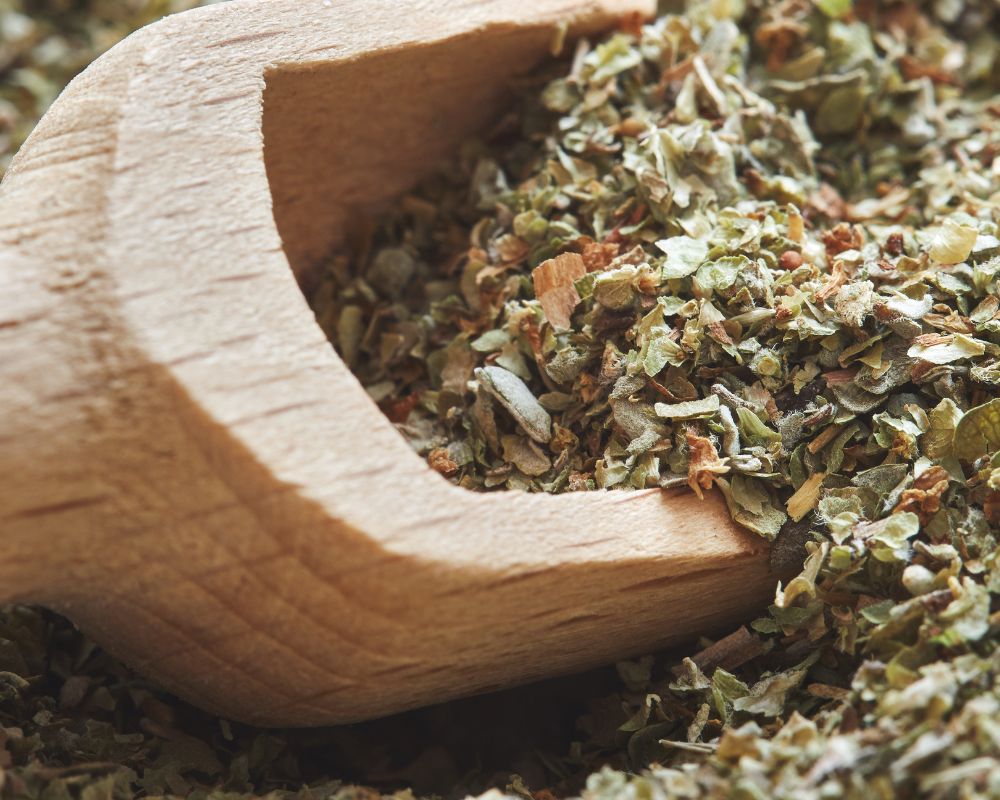
Dried marjoram is the dried form of the leaves of the sweet marjoram plant (Origanum majorana). It belongs to the mint family and is a close relative of another commonly used herb: oregano.
Many people confuse oregano and marjoram with each other because of their similar looks. However, dried marjoram leaves have a milder taste.
| Origin | Native to the Mediterranean region and Western Asia |
| Appearance | Leaves are small and oval-shaped, clustered at the tip of the marjoram plant branches |
| Flavor profile | Sweet, minty, and earthy flavor with citrusy and bitter undertones |
Origin
This aromatic herb is native to the Mediterranean region and Western Asia. It belongs to the Lamiaceae mint family and the Origanum genus.
Marjoram has been around for centuries. In Greek mythology, it symbolizes love and happiness and is considered sacred to the goddess Aphrodite. Meanwhile, ancient Egyptians used it in the mummification process as a wreathe.
In Mediterranean cooking, people use it to flavor chicken, lamb, pork, and fish. In Italian cuisine, it’s famously an ingredient in pasta sauces and pizza.
Appearance
Marjoram leaves are small and oval-shaped, clustered at the tip of the marjoram plant branches. Fresh marjoram, which looks like flat blades of grass, can range from pale grayish-green to bright green. These colors take on a darker hue once dried.
Flavor profile
Dried marjoram packs a sweet, minty, and earthy flavor with citrusy and bitter undertones. It owes its delicate flavor profile to various aromatic compounds. Its taste, reminiscent of oregano but milder, pairs well with basil, oregano, dill, cumin, sumac, rosemary, and paprika.
Nutritional Benefits of dried marjoram
Marjoram, like many other herbs, offers a wealth of health benefits. It’s rich in minerals and vitamins such as magnesium, potassium, vitamin A, and vitamin K. The chemical compounds found in marjoram also have antioxidant, anti-inflammatory, and antimicrobial properties.
What is the difference between fresh and dried marjoram?
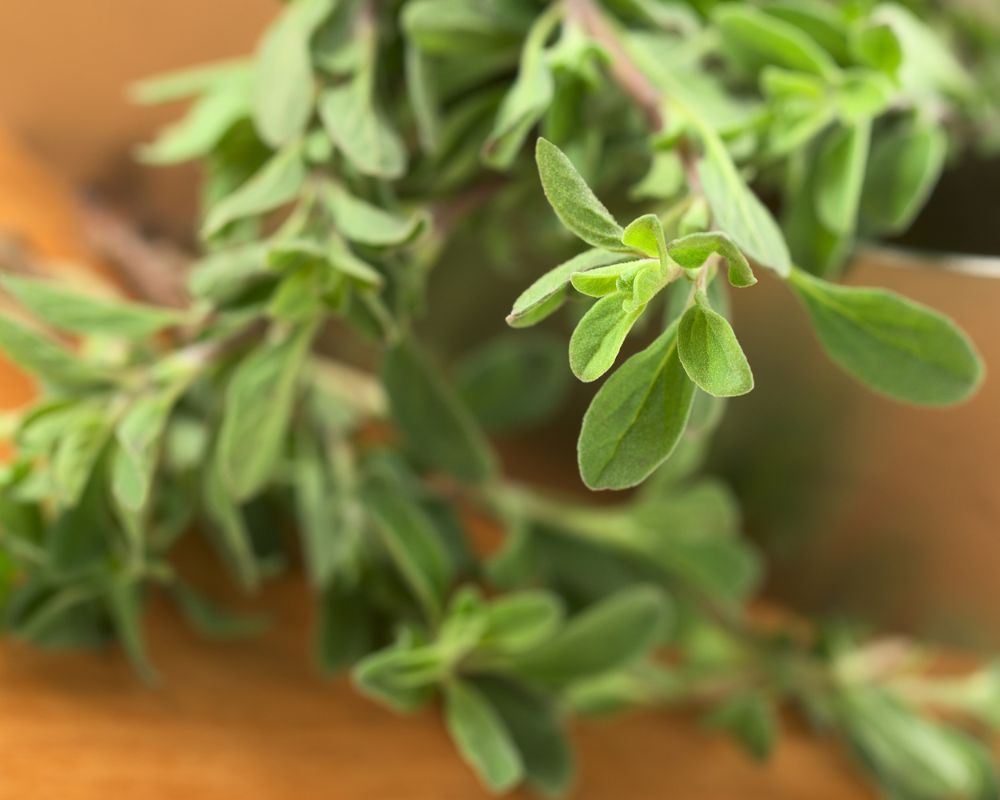
Fresh marjoram refers to marjoram leaves. Unlike the fresh leaves of the said herb, dried marjoram has a more concentrated and pronounced flavor. It’s why when substituting dry marjoram for its fresh counterpart, only use ⅓ of the original amount in the recipe.
What is the difference between dried and ground marjoram?
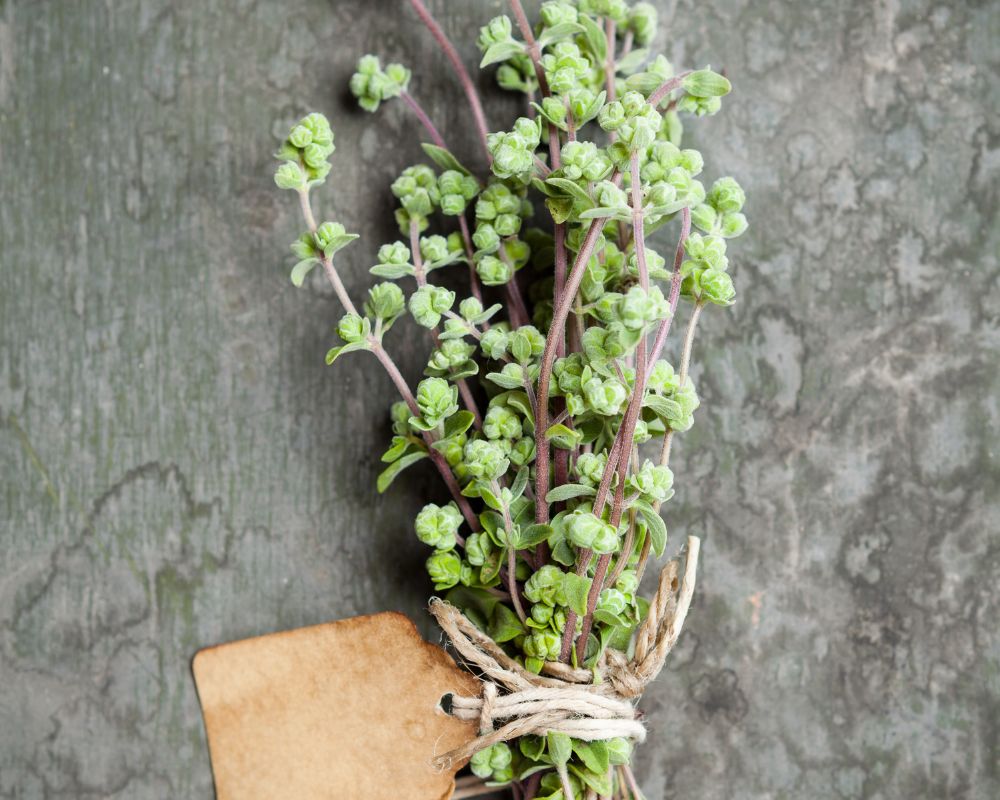

You can use marjoram (dried version) as a whole leaf or in ground form. These have a concentrated flavor, so you only need to use them sparingly at the end of the cooking process.
Ground marjoram is stronger; usually, just ¼ teaspoon of it is enough to enhance the flavor of your culinary creation. If you’re using dried whole leaves, about ½ teaspoon of those is sufficient.
What is dried marjoram used for?
Dried marjoram is a key component of two herb blends. One is the Middle Eastern za’atar, which includes oregano, thyme, sumac, and sesame. When combined with olive oil, this blend can work as dips or salad dressings.
The other blend is a French spice Herbes de Provence, whose other ingredients include lavender, thyme, basil, fennel, and rosemary. This seasoning tool flavors meat dishes such as baked or grilled lamb and poultry.
You can wrap dried marjoram and other fresh herbs in cheesecloth and use it as a flavor enhancer for braises, stews, and soups. You can use it to preserve meats, sprinkle it onto side dishes, or add it to pasta sauces. Apart from classic tomato-based pasta recipes, you can use it to create cacio e pepe (a toned-down mac and cheese) alongside black pepper and parmesan.
You can jazz up your holiday stuffing during the holiday season by adding marjoram. As you learned above, it pairs well with many other fragrant herbs in your kitchen.
Both its fresh and dried versions are known ingredients for herbal tea. For 8 oz of building water, you’ll need a teaspoon of fresh or dried marjoram. You can also add honey to sweeten it.
Best marjoram alternatives
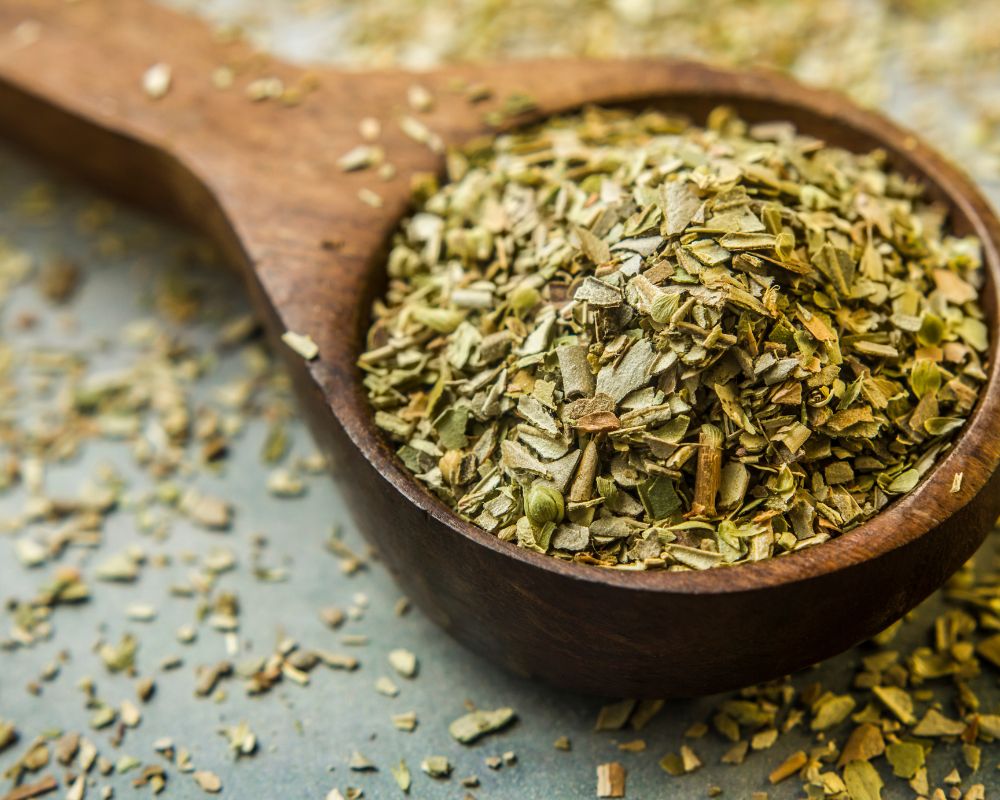
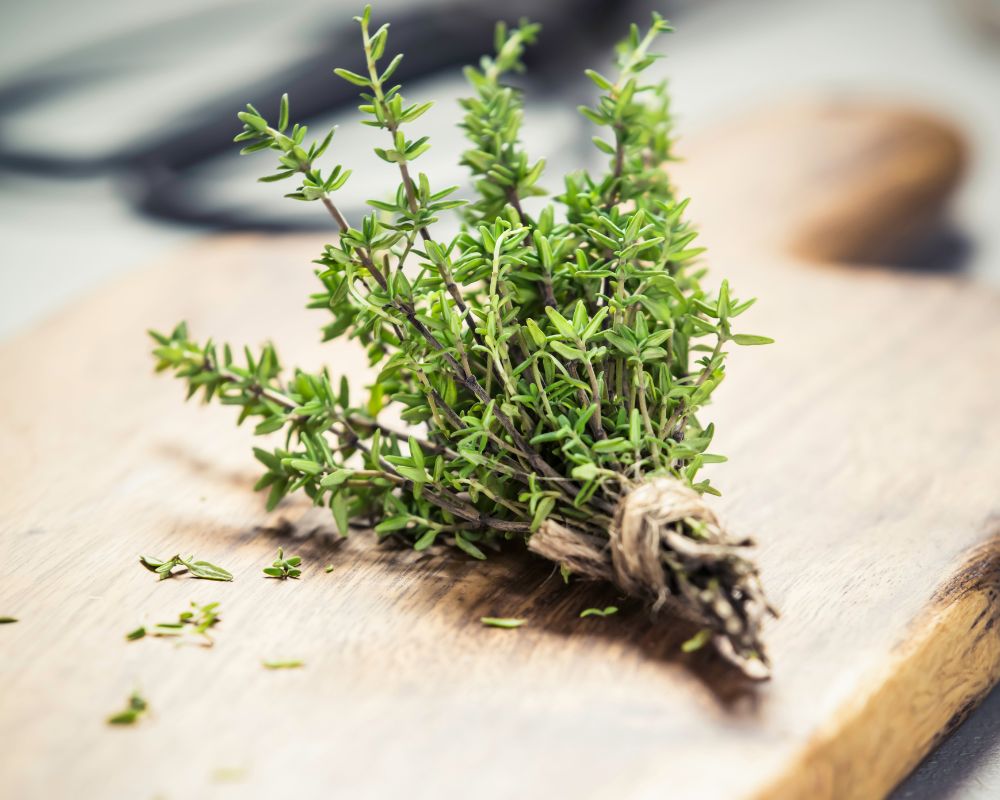

If you’re out of marjoram in your pantry, popular alternatives include oregano and thyme. You can also use rosemary but note that it has a more pungent flavor profile. If you want a mild flavor, go with parsley or basil.
Where to buy dried marjoram?
You can find dried marjoram in grocery stores’ spices and herbs section, together with other staples such as oregano, tarragon, and bay leaves. It is also available in online shops.
If you’re growing marjoram in your garden, you can make dried marjoram on your own. Simply take the plants, bundle them together at the stems, and hand them upside down where they can receive direct sunlight. This hand-drying method takes about 2 to 6 weeks.
If you want a faster method, dry them in the oven at 185 degrees Fahrenheit for two to four hours.

